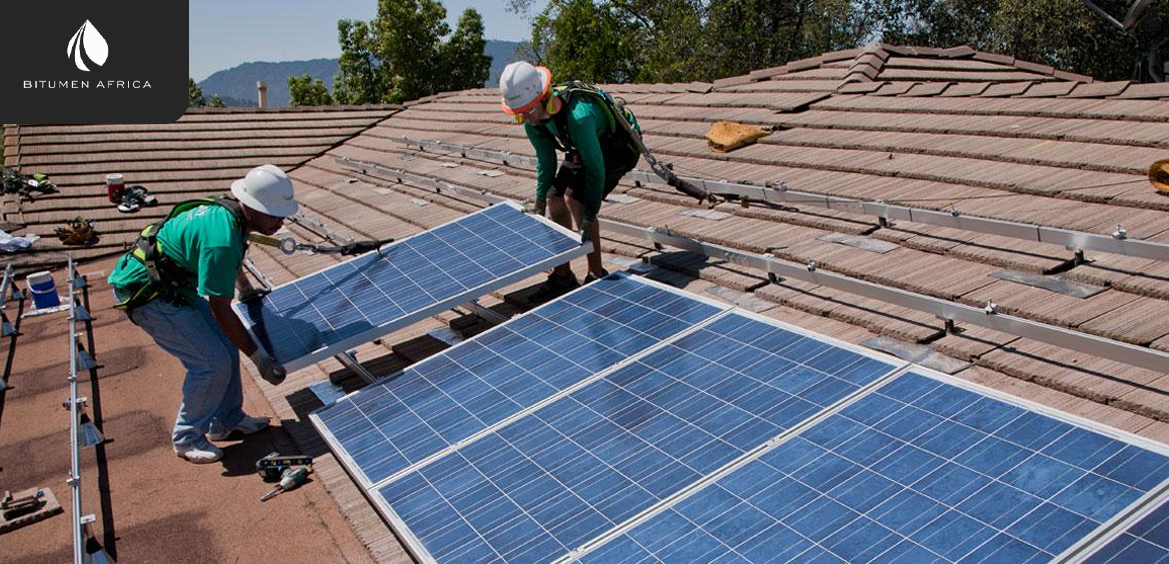In the first quarter of 2025, China set a new record by installing 60 gigawatts (GW) of solar photovoltaic (PV) capacity, the highest ever for a first quarter. Of this, 60%, or 36 GW, came from rooftop installations, marking the largest quarterly increase in distributed PV in the country’s history. This rapid growth was driven by the urgency to meet new National Energy Administration (NEA) policy deadlines. The guidelines, implemented in May, emphasized self-consumption of solar energy to reduce grid congestion, improve grid stability, and decrease dependency on centralized power systems.
These regulatory changes are aligned with China’s long-term carbon goals: peaking emissions before 2030 and achieving carbon neutrality by 2060. While restrictions on grid access for distributed PV projects present challenges for revenue reliability, they also open the door for new financial mechanisms like carbon trading and green certificates. Overall, China is expected to see continued steady growth in its solar PV sector through 2030, as market-oriented policies and environmental targets converge.
Looking ahead, the rooftop PV boom is projected to continue through 2025, with total distributed solar installations expected to reach 130 GW—comprising 92 GW from commercial and industrial (C\&I) projects and 38 GW from residential installations. Although utility-scale PV installations may not grow as rapidly, they are still on track for a record-setting year, with 167 GW anticipated. This growth is driven by a robust pipeline of large-scale projects and provincial government efforts to meet the goals outlined in China’s 14th Five-Year Plan.
However, the new guidelines have created significant shifts in the C\&I sector. Full grid access has been eliminated for C\&I projects, particularly those above 6 megawatts (MW). While standard projects up to 6 MW can self-consume and sell limited excess power, larger projects must fully consume their generated electricity. This has both positive effects—such as easing grid congestion—and potential drawbacks, including increased complexity in power purchase agreements and uncertain financial returns that may deter investors.
Provincial governments have taken varied approaches in implementing these national rules. For instance, Inner Mongolia and Jilin have imposed the strictest self-consumption mandates, with rates of 90% and 80%, respectively, leading to limited C\&I capacity additions in the first quarter. In contrast, provinces like Jiangsu and Guangdong have adopted more flexible policies, encouraging more rooftop installations and allowing easier grid access for larger projects. Meanwhile, Shandong and Hubei have added a requirement that excess power must be sold through power markets, reflecting the NEA’s broader push toward market-based pricing for renewables.

